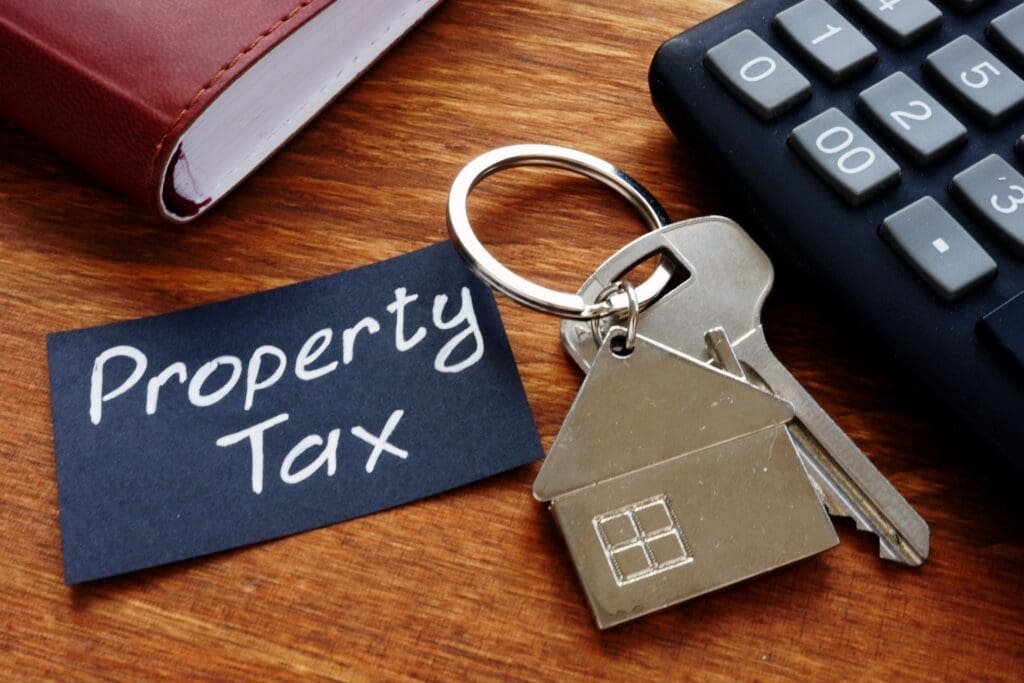There is no one single mode of real estate investing. One type of rental property may appeal to some people, while another type may be a better fit for others.
While a lot of the focus of rental markets is on apartments located in multi-family developments, single family homes are becoming very popular as well. There are many benefits that SFR real estate investing provides over other types of rental properties.
Understanding what some of those advantages are — as well as their disadvantages — is important before you dive head-first into the market as a rental property owner.
Below, we provide more details about SFR real estate investing so you can determine if this is the right market for you.
What is SFR Real Estate Investing?
SFR real estate investing involves purchasing a single-family home and then renting it to a single tenant — most often, a family. Single-family homes are standalone properties that sit on their own lot.
A SFR refers to any property in which a single family is expected to live. All the people who live in this type of home don’t have to be related to each other, of course, but there won’t be multiple families living in the same building — in contrast to, say, an apartment.
When you invest in SFR, you will be essentially purchasing a home and then renting it out in order to generate cash flow. Most investors will use this rent to pay down the mortgage they carry on the property, and then keep the extra as pure profit.
Differences Between SFR and Other Types of Real Estate Investing
There are a few key differences between SFR real estate investing and other types of rental properties.
First and foremost, the building itself will be standalone. It won’t be connected to another unit that someone else may own, such as a duplex, an apartment or condo. This provides some extra value to tenants, as they will have their own space.
SFR real estate investing can be more expensive upfront in terms of the purchase price of the unit, though that really depends on the location and the type of home. Single-family homes often require more exterior maintenance such as upkeep of the lawn, though that can all be handled by an experienced Austin property management company and their vendor partners.
The trade-off is that there also may not be added monthly costs such as association fees that are typical in apartment complexes or condo complexes.
When you invest in SFR, you are going after a particular type of tenant that often results in better returns, as we’ll see below.
Why Investors Choose This Type of Real Estate Investment
There are many reasons why investors choose SFR real estate investing. Below are some of the top reasons.
Demand
The demand for single-family homes as rental properties is sky high. A Pew Research study from 2021 revealed that 46% of adults prefer to live in the suburbs, which is where many single-family homes are located.
This constant demand is great for owners of this type of rental property, because it means that vacancy will often be lower than at other types of properties. And, as we’ve detailed before, rental property vacancy can be quite costly.
What’s more, as much as 95% of all single-family rental homes are already occupied. With such a low supply of available SFR properties to rent, landlords can enjoy higher monthly rental rates.
Finances
The financial structure of SFR real estate investing is one of its biggest attractions. It provides both monthly cash flow as well as appreciation of the asset.
In many cases, owners of this type of rental property will be able to recoup at least their monthly mortgage cost through the rent their tenants pay. This allows the landlord to essentially pay down their mortgage with someone else’s money.
As this is happening, the value of the home will be increasing, as single-family homes typically increase in value over time. Landlords can also choose to pay extra to their mortgage each month with this rental cash flow, which could result in them owning the home outright quicker than the typical 30-year mortgage payoff.
Long-Term Strategy
SFR real estate investing is a long-term game. Some owners will use it as a way to pay down their mortgage quicker so that they can eventually live in the home free once it’s paid off. Others will keep it as a long-term investment, continuing to reel in the monthly cash flow from rent long after the mortgage is paid off.
Either way, the great part about SFR real estate investing is that the asset will continue to grow in value over time. The average year-over-year growth rate for U.S. house prices between March of 1992 and December of 2022 is 5.4%.
That’s solid annual growth, and keep in mind that it doesn’t even account for things such as improvements made to individual homes that could boost prices even further.
In other words, SFR (Single Family Residential) real estate investing provides rental property owners with cash flow as they are renting the property plus the potential for a big financial windfall if they ever sell the property down the road.
Partner with a Trusted Austin Property Management Company
SPR real estate investing provides a ton of value to rental property owners over other types of properties. It’s why it’s become such a popular and lucrative type of real estate investing.
When you own a single-family home that you’re renting out, it’s important that you partner with an Austin property management team that you can trust to take care of the property, recruit tenants and deal with all tenant relationships.
1836 Property Management has been partnering with rental property owners in the SFR real estate investing space for years. Our team of experts is well-versed in every aspect of this type of real estate investing, helping our clients maximize their returns.
Contact us today to find out more.







